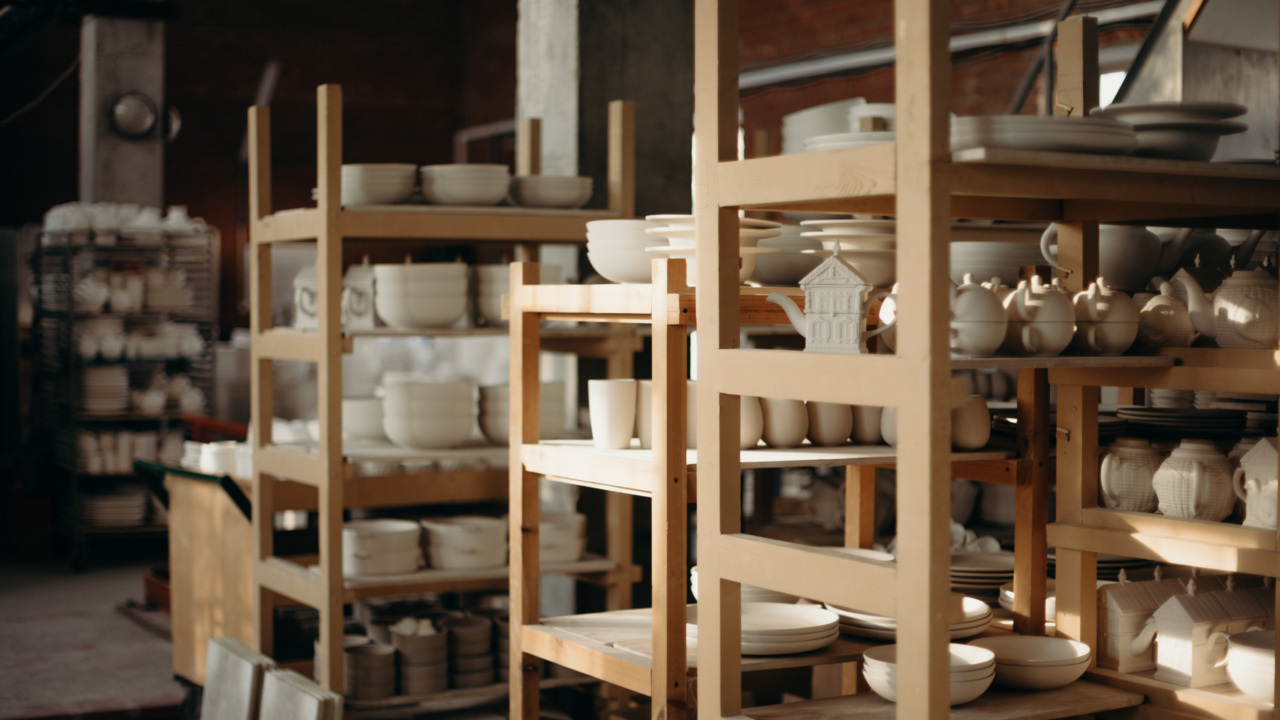If you experience persistent symptoms, such as sneezing, coughing, or watery eyes, you may be suffering from mold allergies. Mold is a common allergen that can be found both indoors and outdoors.
It thrives in damp and humid environments, making it prevalent in areas with high moisture content, such as bathrooms, basements, and even kitchens. This article will explore the symptoms and solutions for mold allergies, helping you better manage and alleviate your discomfort.
Symptoms of Mold Allergies
Mold allergies can manifest in various ways, and the severity of symptoms can vary from person to person. Here are some common signs to watch out for:.
1. Nasal Congestion and Runny Nose
If you find yourself constantly reaching for tissues to blow your nose or experiencing a stuffy nose, it could be a result of mold allergies.
The spores released by molds can irritate your nasal passages and lead to congestion or excessive nasal discharge.
2. Sneezing
Sneezing is another typical symptom of mold allergies. If you frequently find yourself sneezing, particularly in environments that are known to harbor mold, such as older buildings, you may be allergic to mold spores.
3. Itchy or Watery Eyes
Mold spores have the ability to irritate your eyes, causing them to become itchy, red, and watery. If you notice these symptoms when in contact with mold or in mold-prone areas, it’s highly likely that you have mold allergies.
4. Coughing and Wheezing
Mold allergies can also affect your respiratory system, leading to persistent coughing or wheezing. These symptoms may be particularly noticeable after being exposed to mold for an extended period.
5. Skin Irritation
In some cases, mold allergies can trigger skin reactions. Direct contact with mold or exposure to mold spores in the air can cause itching, redness, or a rash on the skin.
6. Headache and Fatigue
While not as common as other symptoms, mold allergies can sometimes cause headaches and fatigue. These symptoms may occur due to the body’s immune response to mold exposure.
7. Asthma Exacerbation
For individuals with asthma, mold allergies can further worsen their condition. Mold spores can trigger asthma attacks and make breathing more difficult for those already suffering from the respiratory condition.
8. Sinus Infections
Prolonged exposure to mold can potentially lead to sinus infections. Symptoms may include facial pain, pressure, and a persistent, greenish-yellow nasal discharge. If you suspect a sinus infection, seeking medical attention is recommended.
Solutions for Mold Allergies
Now that we have covered the symptoms, let’s explore some strategies to help you deal with mold allergies:.
1. Identify and Eliminate Mold Sources
The first step in managing mold allergies is to identify and remove any mold sources in your environment. Conduct a thorough inspection of your home, paying close attention to areas prone to moisture, such as bathrooms, basements, and kitchens.
If you discover mold growth, promptly clean and remove it using appropriate cleaning products.
2. Maintain Proper Ventilation
Good ventilation is key to preventing mold growth. Ensure that areas with high moisture levels, such as bathrooms and kitchens, are adequately ventilated.
Consider installing exhaust fans to expel moisture and prevent the accumulation of mold-friendly conditions.
3. Use a Dehumidifier
To reduce indoor humidity, especially in humid climates or during moist seasons, consider using a dehumidifier. A dehumidifier helps extract excess moisture from the air, making it harder for mold to grow and thrive.
4. Keep Indoor Areas Dry
Preventing moisture buildup is crucial in mold prevention. Promptly repair any leaks in your plumbing, roof, or windows to mitigate the risk of mold growth.
Additionally, ensure that towels, clothes, and other damp items are thoroughly dried before placing them in enclosed spaces.
5. Clean Regularly
Regular cleaning is vital in controlling mold growth. Vacuum and dust your home frequently, as dust particles can harbor mold spores. Use mold-inhibiting or mold-killing cleaning products to clean mold-prone areas.
Pay close attention to bathroom surfaces, kitchen sinks, and window sills.
6. Utilize Air Purifiers
Air purifiers equipped with HEPA filters can effectively capture mold spores and improve indoor air quality.
Consider placing air purifiers in rooms where you spend the most time, such as bedrooms or living rooms, to reduce your exposure to mold allergens.
7. Limit Outdoor Mold Exposure
While it may be challenging to completely avoid outdoor mold, you can take preventive measures to reduce your exposure.
Check the daily pollen and mold spore counts before heading outside, and try to schedule activities during times when levels are lower. When spending time outdoors, consider wearing a pollen mask to reduce inhalation of mold spores.
8. Consult an Allergist
If your mold allergies persist or significantly affect your quality of life, it is advisable to consult with an allergist.
They can conduct tests to identify the specific mold allergens you are sensitive to and provide personalized advice to manage your symptoms.
9. Use Medications
Over-the-counter antihistamines, nasal corticosteroids, and decongestants can temporarily alleviate mold allergy symptoms.
However, always consult with a healthcare professional before using any medication, especially if you have pre-existing medical conditions.
10. Allergy Immunotherapy
In severe cases where mold allergies cause significant impairment, your allergist may recommend allergy immunotherapy.
This treatment involves gradually exposing you to small amounts of allergens, such as mold, to desensitize your immune system and reduce allergic reactions over time.



























